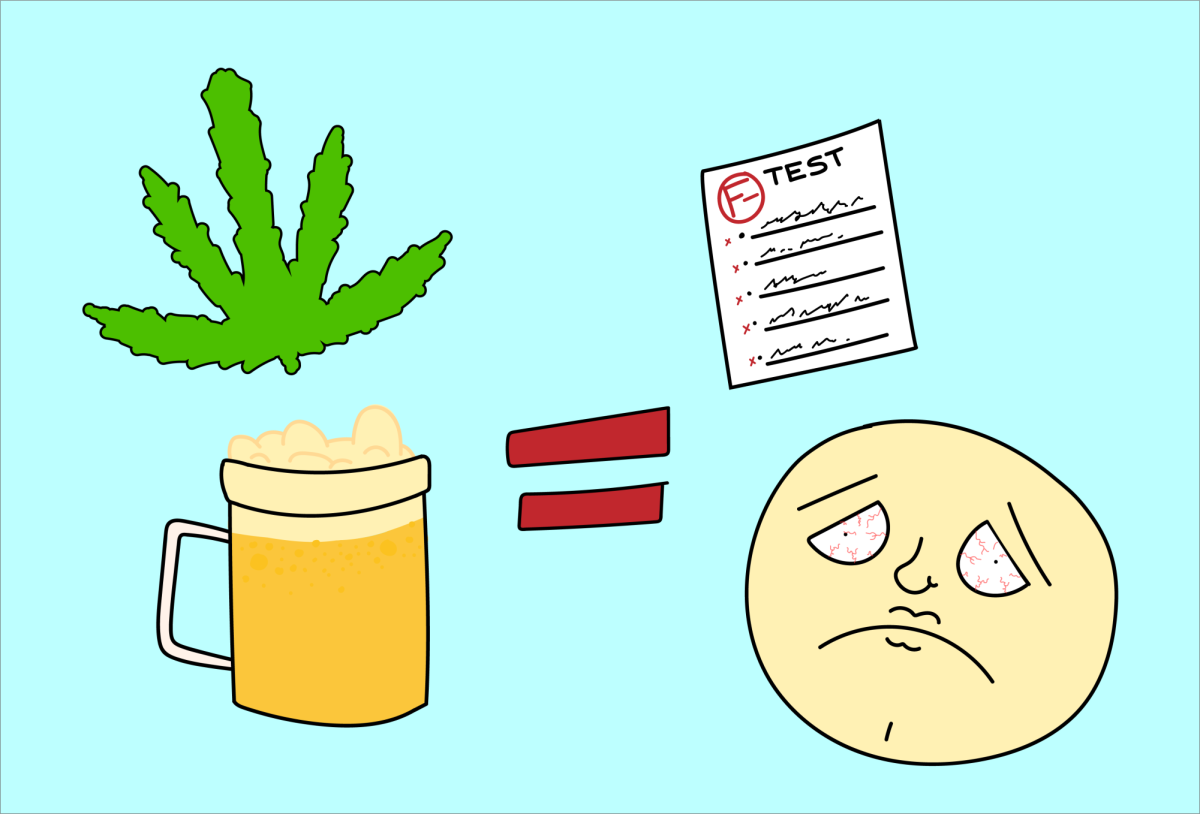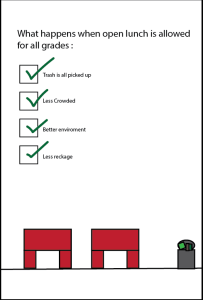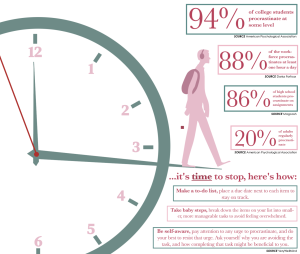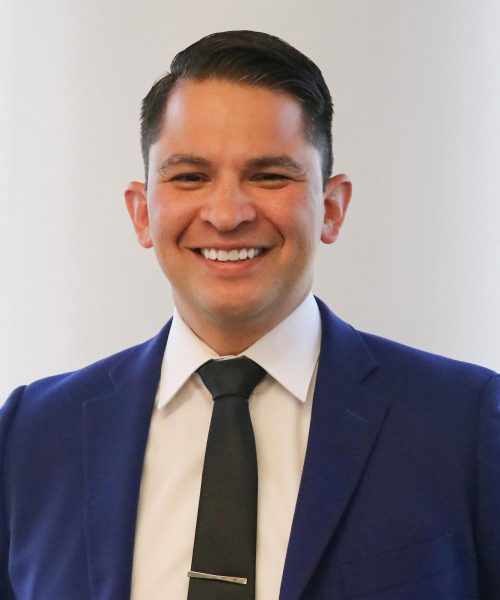Changes in the school grading system
March 8, 2017
Across Texas, students and education personnel have received new scores on their schools from a revamped grading system. The grades received have caused widespread confusion from the shocking results, including Austin Independent School District leadership.
After the trial run this January, confusion, as well as disagreement, has developed in evaluated schools for a system set to be the guide in the 2017-18 school year.
“I believe this system tries to use a simple measure to judge a very complex system,” AISD Superintendent Paul Cruz said.
According to the Texas Education Agency (TEA), schools receive five different A-F grades including student progress, student success, closing performance gaps, college readiness, and community and student engagement.
“Most of the A–F ratings are derived from STAAR results which is just one measure of student performance,” Cruz said.
The only low score Bowie received is being seen more as an indicator to focus on the Texas Success Initiative (TSI) instead of directly improving upon college readiness amongst students.
“I feel like we are already preparing our students for the college and career world really well, but we may need to look into working more on the TSI, a test that shows that students are ready to enter community colleges or any kind of college or university,” Interim Principal Susan Leos said.
From Leos’s perspective, the new system is a chance to see where improvement will need to be made and how Bowie scores overall.
“I looked at our Bowie scores as an opportunity to see what the new standards will be like,” Leos said. “I see the new report card system more like a scoring rubric that is changed or different from the current rubric used to score high schools for accountability purposes.”
The use of STAAR results to measure %55 of the whole grade causes misleading results for the schools’ ratings.
“Basing ratings on STAAR test scores also only accounts for the approximately 47,000 students who took the STAAR test last year out of our more than 83,000 students in AISD,” Cruz said.
With 36,000 students not taken into the measure, results like Bowie’s C in college readiness aren’t as trustworthy.
“Some of the same schools that received an academic distinction for post-secondary readiness were given a D or F for that category,” Cruz said. “Under this system, a school can have a 90 and still be failing.”
The evaluation of college readiness is what’s been drawing the most attention because of the poor grades across AISD, including Bowie.
“I am particularly concerned about how post-secondary readiness is currently being evaluated in this sample system,” Cruz said. “For example, post-secondary readiness is based on chronic absenteeism for elementary school students.”
Given both her kids graduated from Bowie, US History teacher Patricia Maney was surprised at the C in college readiness.
“Both of my children were very ‘college ready,” Maney said. “One is now an attorney and the other is a recent University of Texas graduate.”
According to Cruz, there are other ways to measure AISD schools’ performances.
“I hope the future developments of this grading system will include more measures of student success,” Cruz said. “We are proud of some of our measures including AISD graduation rates reaching an all-time high and our students outperforming the state and national averages.”
These grades are not permanent and help give a look at how the new grading system will affect the district.
“I try to remind parents that the ratings TEA released today are not official ratings for campuses and districts,” Cruz said. “They do not replace the ratings campuses already received for these same test scores from school year 2015-16.”
As the scores are shared, administrators are continually assuring AISD and other districts across Texas that, at this time, the scores are not permanent nor reflective of the school.
“Each of us is working to ensure our communities that even if our scores in comparison to the present rating system seem to be lower, it just means that the state of Texas is changing the way they rate our schools,” Leos said. “We do have time to assess our practices and even give input to TEA about what might better reflect the progress that students are making.”
However, TEA is still a good source for helping AISD schools improve these aspects.
“Our school administrators work diligently on improving student success and providing equitable opportunities for all AISD students,” Cruz said. “The TEA school rating systems can provide useful information that our schools use to improve, although I am confident they would be doing this work regardless.”
In order to make a difference with the new system, Leos suggests the way to do so is to publicize the opinions of the schools’ communities.
“Personally, I think that we as educators as well as our students and parents need to study the new rubrics and give our input to the appropriate TEA personnel and to our legislators so that our voices are heard,” Leos said.
By doing so, a more honest reflection of schools across Texas could be introduced.
“I am hopeful that TEA and our state legislators will seek our input in designing a system that really reflects what all our students know,” Leos said.
Since she first started teaching at Bowie, Maney has noticed an excellence in college readiness among students.
“Bowie, in my opinion, has been educating students to be college ready for almost thirty years,” Maney said. “The ranking system that is being used is not reflective of the learning, including higher level learning, that occurs on campus daily.”
According to Cruz, the TEA will be making improvements through the thoughts and input of stakeholders.
“We look forward to being one of those stakeholders,” Cruz said.
Maney believes there is change to come in the grading system but not for teachers.
“A new grading system will come around in a couple of more years and teachers will continue to jump through those hoops,” Maney said. “The ‘powers that be’ will continue to make new spreadsheets in an attempt to tell us how to best do our jobs.”
Despite how it seems now, Maney continues preparing her students the way she has for years.
“As a ‘seasoned’ educator, I, along with my esteemed colleagues, will continue to educate, empower, nurture, and mentor young minds to be lifelong learners,” Maney said.
















